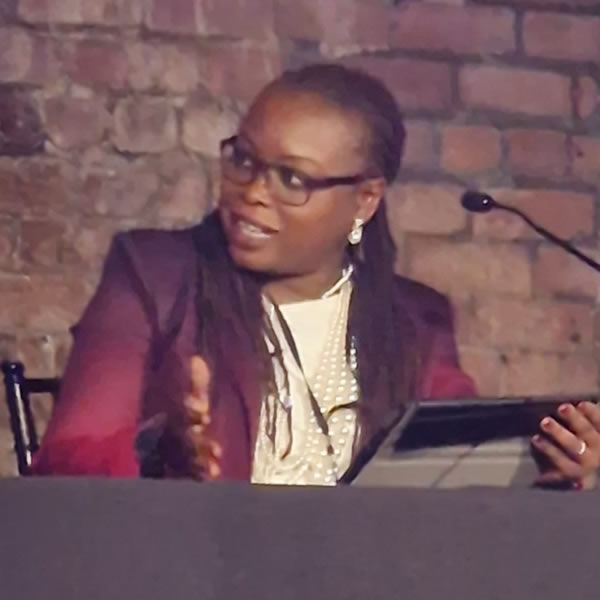A few weeks ago, I shared some insights from Omar Santos’ excellent session on The Future of Cybersecurity and AI.
This post continues that reflection, drawing from my notes on another thought-provoking segment: Evolving AI Architectures.
Omar spoke about the shift from traditional, single-model AI systems to multi-agent ecosystems dynamic environments where autonomous agents interact with each other, access external data sources, and orchestrate increasingly complex tasks across cloud and edge environments.
He also introduced the concept of Test Time Compute, a paradigm where models dynamically allocate compute resources during inference to improve reasoning and output quality. While not explicitly powering multi-agent systems, it signals a broader move towards more reflective, context-aware AI.
One insight in particular struck me: “Context will grow too complex for a single agent to keep track of.” Omar Santos
That line continues to fuel my curiosity.
As someone researching the secure adoption of AI, especially in highly dynamic environments, this session deepened my interest in how we can design AI systems that balance autonomy, trust, and control. It also prompted further questions:
🔗What happens when agents overreach their intended permissions?
🔗How do we maintain state and context across distributed agents?
🔗Can we operationalise just-in-time access in real-world enterprise environments?
The architectural foundations we lay today will define the boundaries of safe, trustworthy AI tomorrow.





